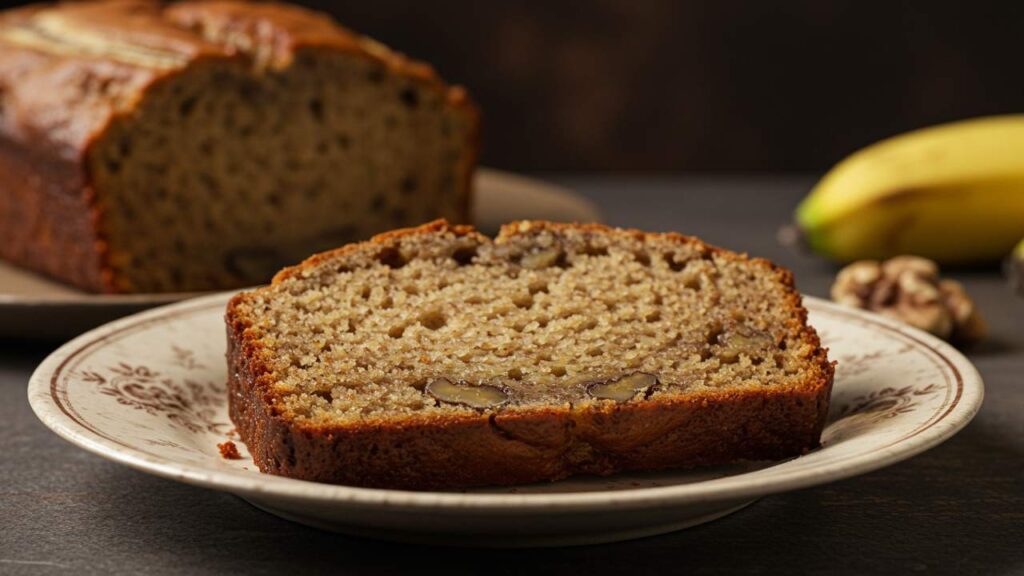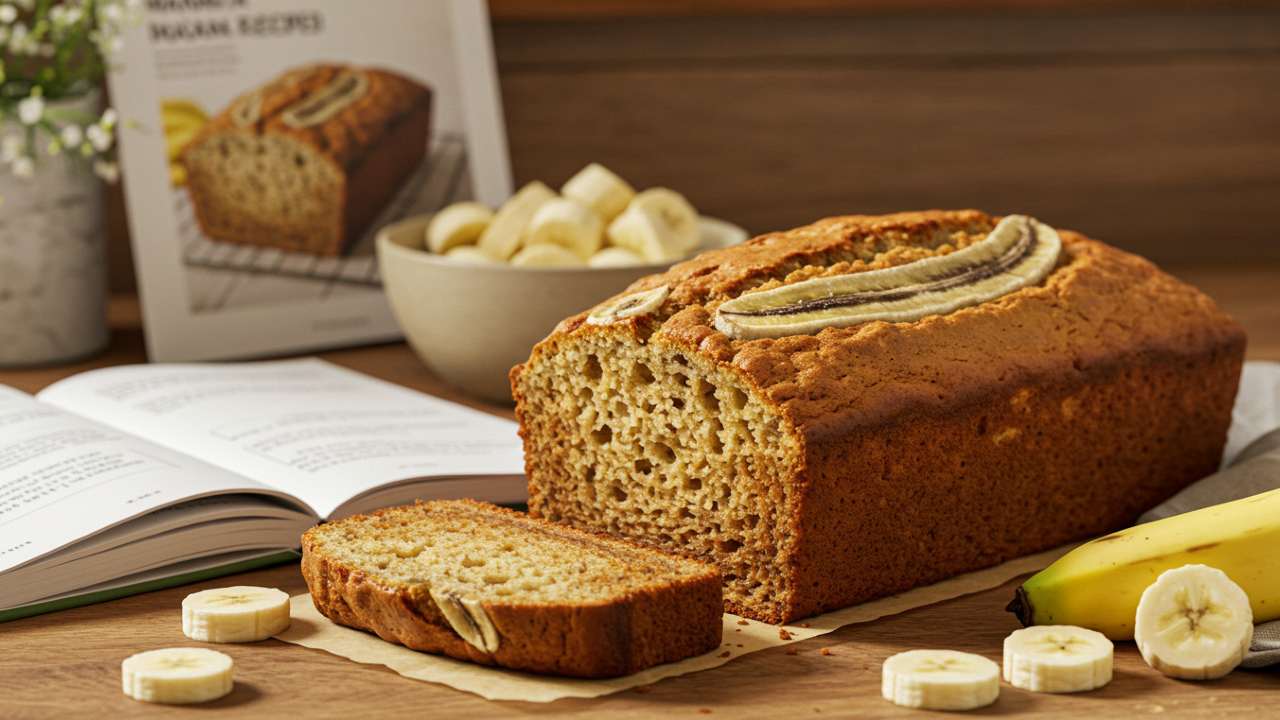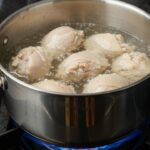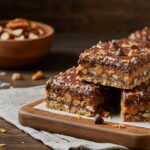Few baked goods evoke the same feelings of comfort and nostalgia as banana bread. Whether enjoyed warm from the oven or sliced for breakfast the next day, it’s a crowd-pleaser that has stood the test of time. One key to its undeniably moist and flavorful texture? Bananas at their ripest. Here’s the ultimate guide to banana bread, including its history, the role of ripe bananas, and how to make it shine in your kitchen.
Key Facts About Banana Bread
- First became popular during the Great Depression as a way to use overripe bananas.
- Ripe bananas are crucial for sweetness and moisture.
- Banana bread can be customized with mix-ins like nuts, chocolate, or spices.
- It’s easy to prepare and perfect for beginner bakers.
- Can be stored for days or frozen for future enjoyment.
The History of Banana Bread
While bananas made their way into the United States in the late 1800s, banana bread as we know it didn’t gain popularity until the 1930s. During the Great Depression, households looked for ways to minimize food waste, often repurposing overripe bananas in the process. Around the same time, the invention of leavening agents like baking soda and baking powder gave banana bread its rise—both literally and in demand.
Modern banana bread recipes took off in the mid-20th century as baking became a quintessential activity in American households. Today, with endless variations and new twists, banana bread is a staple in cookbooks and kitchens worldwide.

Why Ripe Bananas Are Essential
Many wonder why recipes specifically call for ripe bananas. The answer lies in both flavor and texture.
- Natural Sweetness
- As bananas ripen, their starches break down into natural sugars, making them much sweeter than underripe fruit. This eliminates the need for excessive added sugar in the recipe.
- Moist Texture
- Fully ripe bananas are soft and slightly mushy, which translates to a moist, tender banana bread.
- Enhanced Flavor
- Ripe bananas have a more concentrated, richer banana flavor compared to their green or yellow counterparts.
- Ease of Incorporation
- Overripe bananas can be mashed effortlessly, blending seamlessly into the batter.
Tip:
If your bananas aren’t fully ripe, you can speed up the process by placing them in a paper bag for 1–2 days. Alternatively, bake them in the oven at 300°F for 15 minutes until the skin blackens.
How to Make Banana Bread (Step-By-Step)
Banana bread is one of the simplest baked goods to prepare—no mixer required! Here’s how to create a perfect loaf.
Ingredients You’ll Need:
- 3–4 ripe bananas, mashed
- ½ cup unsalted butter, melted
- 1 cup granulated sugar (or less, depending on banana ripeness)
- 2 large eggs
- 1 teaspoon vanilla extract
- 1 ½ cups all-purpose flour
- 1 teaspoon baking soda
- A pinch of salt
- Optional mix-ins like chocolate chips, walnuts, or cinnamon
Step 1: Preheat and Prep
- Preheat your oven to 350°F (175°C).
- Grease a standard 9×5-inch loaf pan or line it with parchment paper for easy removal.
Step 2: Mash Bananas
- Mash the ripe bananas in a large mixing bowl until smooth. A few small lumps are fine for added texture.
Step 3: Mix Wet Ingredients
- Add melted butter, sugar, eggs, and vanilla extract to the mashed bananas. Stir until fully combined.
Step 4: Incorporate Dry Ingredients
- Sift together the flour, baking soda, and salt in a separate bowl. Gradually fold the dry ingredients into the wet mixture until no streaks of flour remain.
Step 5: Add Mix-Ins (Optional)
- Gently stir in ½ cup of chocolate chips, chopped nuts, or dried fruit if desired.
Step 6: Bake
- Pour the batter into your prepared loaf pan. Bake for 50–60 minutes, or until a toothpick inserted into the center comes out clean.
Step 7: Cool and Serve
- Allow the banana bread to cool for 10 minutes in the pan before transferring it to a wire rack. Slice and enjoy warm or at room temperature.
Popular Variations of Banana Bread
The classic recipe is great on its own, but there’s no wrong way to customize banana bread. Here are some creative ideas to try:
- Chocolate Chip Banana Bread
- Add 1 cup of semi-sweet or dark chocolate chips for a decadent twist.
- Nutty Banana Bread
- Fold in ½ cup of toasted walnuts or pecans for added crunch.
- Cinnamon-Spiced Banana Bread
- Add 1 teaspoon of cinnamon and a pinch of nutmeg for warm, autumnal flavors.
- Healthy Banana Bread
- Swap all-purpose flour for whole wheat flour and use honey or coconut sugar in place of granulated sugar.
- Vegan Banana Bread
- Replace butter with coconut oil and eggs with flaxseed meal mixed with water.
Tips for Perfecting Banana Bread
For banana bread that’s consistently moist and full of flavor, keep these tips in mind:
- Use Overripe Bananas
- The darker and spottier the bananas, the better. Black peels often indicate optimal ripeness.
- Measure Ingredients Precisely
- Baking is a science, so ensure your measurements are accurate to avoid overly dense bread.
- Avoid Overmixing
- Overmixing the batter can activate gluten in the flour, leading to tough bread. Mix just until combined.
- Check for Doneness
- Ovens vary, so test the center of your bread with a toothpick before removing it from the oven.
- Store Properly
- Wrap cooled banana bread tightly in plastic wrap or aluminum foil to keep it fresh for up to five days. You can also freeze it for up to three months.
Why Banana Bread Will Always Be a Classic
Banana bread isn’t just a dessert—it’s a celebration of resourcefulness and simplicity. Overripe bananas that might otherwise go to waste find new life in this timeless baked good. Its versatility allows for endless creativity while preserving its effortless charm.
Whether you’re baking for a loved one, a community gathering, or simply as a personal treat, banana bread is the go-to recipe that never disappoints. With ripe bananas in hand, the possibilities are endless—and undeniably delicious.










Leave a Reply